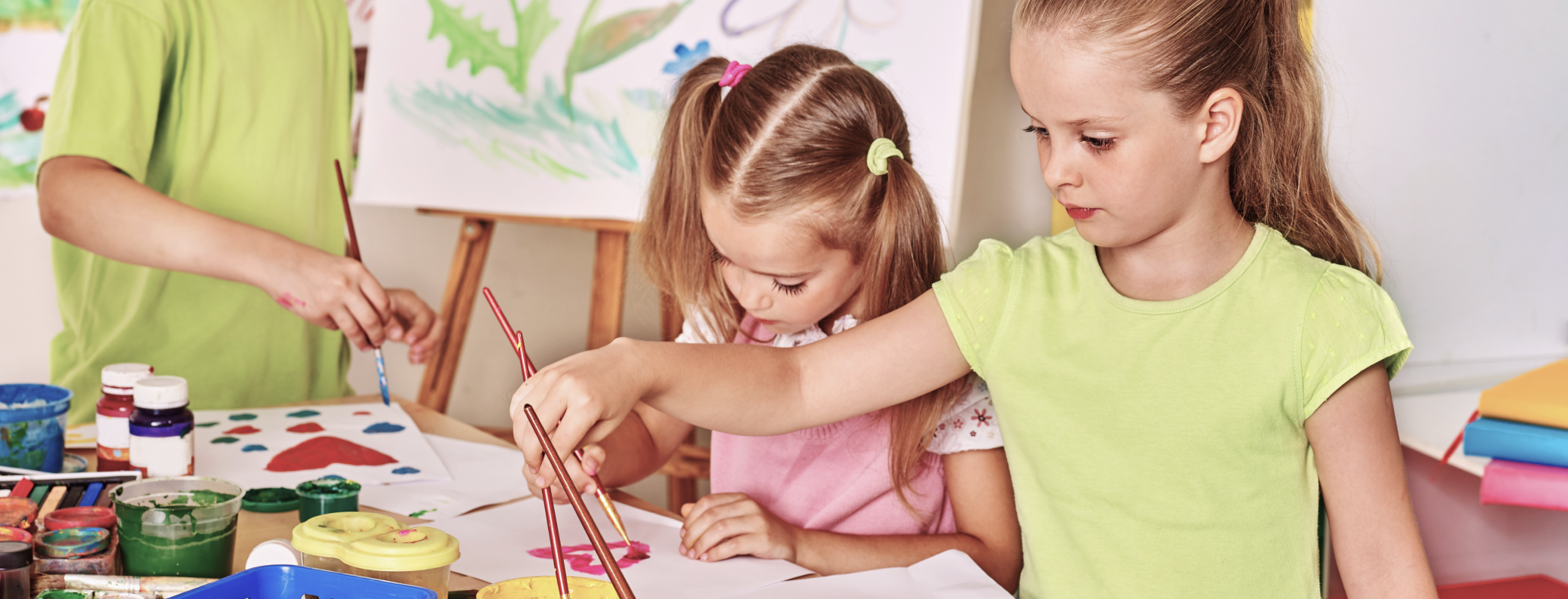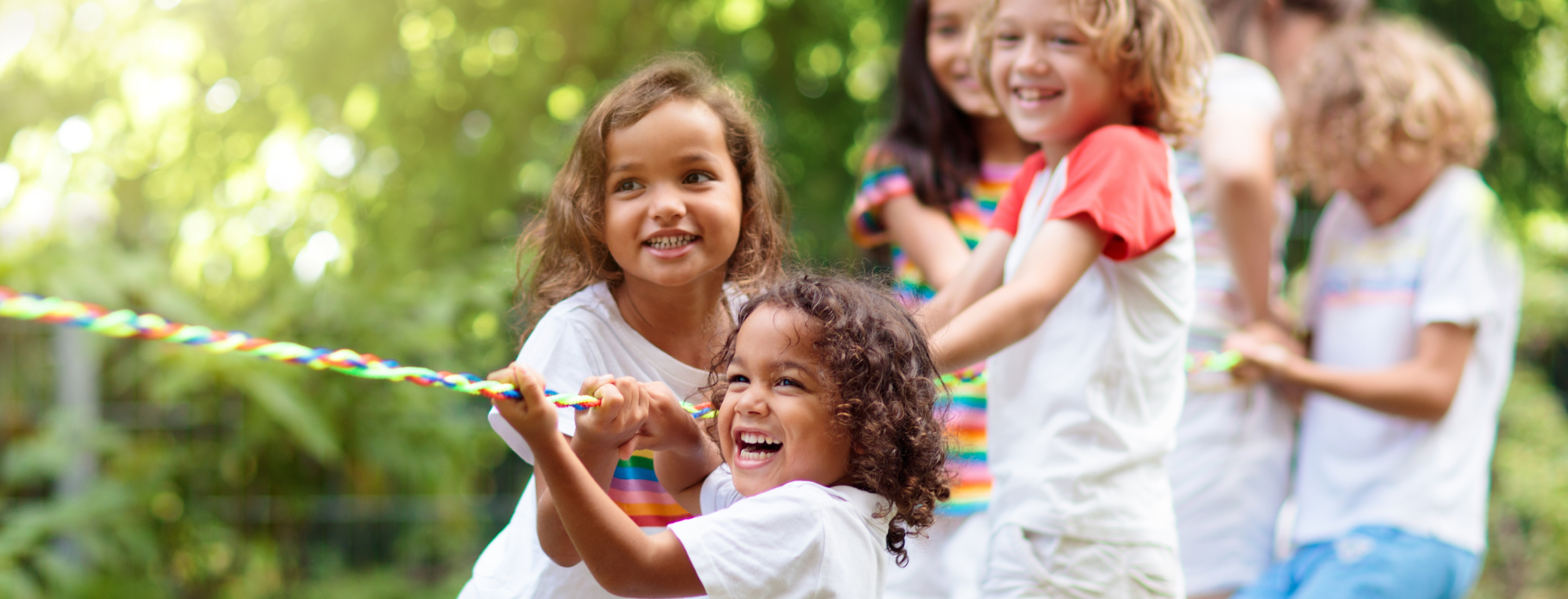As the temperatures start to rise and the days become longer, spring offers the perfect opportunity for early years children to get outside and engage in outdoor learning. With the world as their classroom, children can explore nature, learn about the environment, and engage in a wide range of educational activities that are fun, engaging, and highly beneficial.
In this article, we will explore the many benefits of outdoor learning in spring for early years children, along with tips and ideas for taking the curriculum outside. From exploring the local park to planting a garden, there are endless opportunities to enhance your child's education and development through outdoor learning.
Ideas for Taking the Curriculum Outside
As the weather warms up and spring approaches, it’s the perfect time to take learning outdoors. Outdoor learning is becoming increasingly popular, and for good reason – it has a host of benefits for early years children. From improving physical health and well-being to enhancing social skills and boosting academic performance, outdoor learning has something to offer every child. In this article, we’ll explore the benefits of outdoor learning in spring for early years children and provide tips and ideas for taking the curriculum outside.
The Advantages of Outdoor Learning in Spring for Early Years Children
Outdoor learning has a host of benefits for early years children, and spring is a perfect time to take advantage of them. By spending time outside, young children can experience the following advantages:
-
Improved Physical Health and Wellbeing
-
Outdoor learning in spring provides opportunities for children to engage in physical activities such as running, jumping, and climbing. These activities help to improve their physical health and well-being by promoting cardiovascular health, muscular strength and endurance, and flexibility. Furthermore, exposure to natural light and fresh air has a positive impact on their immune system, reducing the risk of illness.
-
Enhanced Social Skills and Emotional Development
-
Outdoor learning provides children with opportunities to interact with their peers and adults in a natural environment. This interaction helps to develop social skills such as cooperation, communication, and conflict resolution. Being outdoors also provides children with opportunities to explore their emotions, develop resilience and self-esteem, and build confidence.
-
Boosted Academic Performance and Learning
-
Outdoor learning provides a range of sensory experiences that can enhance learning and boost academic performance. Children can use their senses to explore and investigate the natural world, making connections and developing a deeper understanding of concepts such as ecology, biology, and physics.
-
Increased Appreciation for Nature and the Environment
-
By spending time outdoors, children can develop a deeper appreciation for nature and the environment. This appreciation can help to foster a sense of responsibility and respect for the natural world, which can translate into positive environmental behaviors and attitudes.
Tips for Planning Outdoor Learning Activities in Spring
Planning outdoor learning activities can be a bit tricky, but with careful preparation and planning, it can be a fun and rewarding experience for early years children. Here are some tips to help get started:
-
1. Conduct a Risk Assessment
-
When planning outdoor learning activities, it is important to conduct a risk assessment to ensure that the activities are safe and appropriate for the children's age and abilities. This assessment should consider potential hazards such as uneven terrain, water features, and wildlife.
-
2. Consider the Weather and Seasons
-
Spring weather can be unpredictable, so it is essential to consider the weather and seasons when planning outdoor activities. Ensure that children are dressed appropriately and that activities are adjusted to suit the weather conditions.
-
3. Plan Activities that Align with Curriculum Goals
-
Outdoor learning activities should align with curriculum goals and learning objectives. By doing so, learning outcomes can be achieved in a way that is engaging and meaningful for children.
-
4. Ensure Adequate Supervision and Support
-
When taking learning outdoors, it is important to ensure that there is adequate supervision and support. Adults should be present to guide and facilitate learning and to ensure the safety and well-being of the children.
Ideas for Taking the Curriculum Outside in Spring
-
1. Science and Nature Exploration
-
Spring is the perfect time to get outside and explore the natural world. Children can learn about the changing seasons, observe the growth of plants and animals, and discover the wonders of the natural world. Some ideas for science and nature exploration activities in spring include:
-
- Going on a nature walk or scavenger hunt.
- Collecting and examining leaves, flowers, and other natural materials.
- Planting seeds and watching them grow.
- Learning about different types of birds and their habitats.
- Studying insects and other small creatures.
- Conducting experiments with water, soil, and other natural materials.
-
2. Outdoor Art and Creativity
-
The outdoors provides a wealth of inspiration for artistic expression and creativity. Children can use natural materials to create art, explore different textures and colors, and express themselves through various mediums. Some ideas for outdoor art and creativity activities in spring include:
-
- Painting with natural materials such as leaves and flowers.
- Building sculptures and structures using sticks and other natural materials.
- Making collages and mosaics using natural materials.
- Creating nature journals to document observations and reflections.
- Exploring different textures and patterns using natural materials.
-
-
3. Physical Activities and Games
-
Spring is a great time to get moving and enjoy the outdoors. Children can develop their physical skills, coordination, and fitness through a range of outdoor activities and games. Some ideas for physical activities and games in spring include:
-
- Playing ball games such as soccer, basketball, and tennis.
- Skipping, hopping, and jumping games.
- Running, racing, and obstacle courses.
- Riding bikes or scooters.
- Exploring playground equipment.
- Dancing and moving to music.
-
-
4. Gardening and Horticulture
-
Gardening is a wonderful way for children to connect with nature, learn about the growth and development of plants, and develop their practical skills. In spring, there are plenty of opportunities for children to get involved in gardening and horticulture. Some ideas for gardening and horticulture activities in spring include:
-
- Planting and caring for flowers, vegetables, and herbs.
- Composting and recycling.
- Learning about different types of soils and fertilizers.
- Harvesting and cooking with garden produce.
- Creating garden art and sculptures.
- Designing and building garden structures and features.
Frequently Asked Questions about Outdoor Learning in Spring
- Is it safe to take young children outdoors in spring?
Yes, it is safe to take young children outdoors in spring, as long as you take appropriate precautions. You should conduct a risk assessment and ensure that the outdoor area is safe and secure. You should also consider the weather and dress children appropriately. Always supervise children during outdoor activities and be prepared for any emergencies.
- What types of outdoor activities are most suitable for early years children?
Outdoor activities that are most suitable for early years children include nature exploration, outdoor art and creativity, physical activities and games, and gardening and horticulture. These activities can help children develop their physical, social, emotional, and cognitive skills, while also providing opportunities for learning and fun.
- How can outdoor learning be integrated into the curriculum?
Outdoor learning can be integrated into the curriculum by aligning outdoor activities with curriculum goals and objectives. You can plan activities that relate to science, math, language, and social studies. You can also use outdoor activities to teach children about nature, the environment, and sustainability.
- What are some of the challenges of outdoor learning, and how can they be addressed?
Some of the challenges of outdoor learning include weather conditions, safety concerns, and logistical issues. These challenges can be addressed by conducting a risk assessment, planning activities that align with curriculum goals, ensuring adequate supervision and support, and using appropriate equipment and resources.
Conclusion
Spring is a wonderful time to take learning outdoors and reap the benefits of outdoor education for early years children. By providing opportunities for children to explore, discover, and connect with nature, we can enhance their learning, development, and overall well-being. By following the tips and ideas presented in this article, educators and parents can create meaningful and enriching outdoor learning experiences for young children. So why not get outside and start exploring all that spring has to offer? The benefits of outdoor learning in spring for early years children are waiting to be discovered!
Billing, Invoicing Automation & Smart Finances
Communication & Engagement
Child Development & Progress
Waitlist, Forms & Attendance
Effortless Team Management
Daily Updates That Matter
Templates & Printables
Blogs
Webinars
Case Studies & Testimonials
FAQs
Help Center
-2.png)


